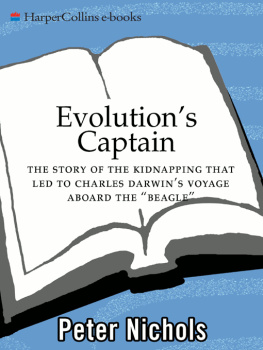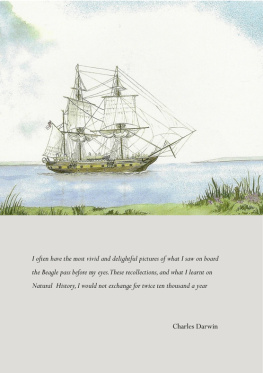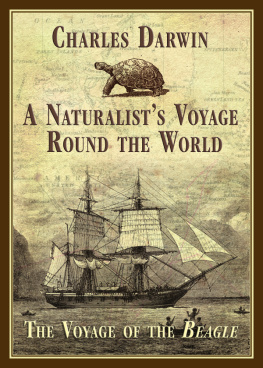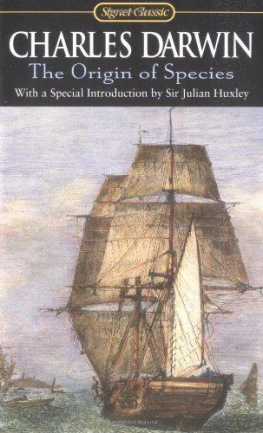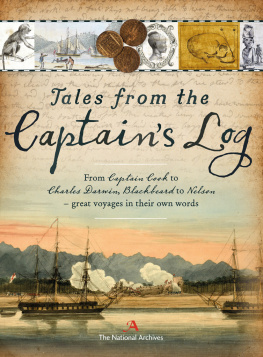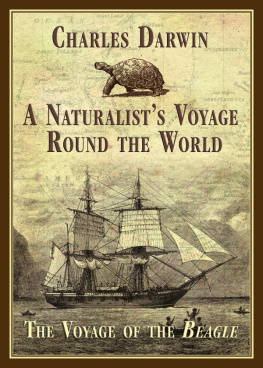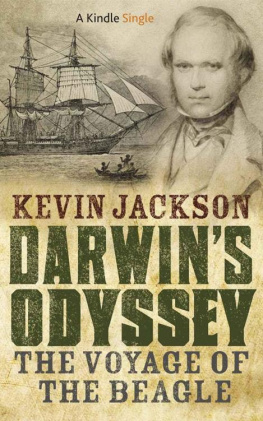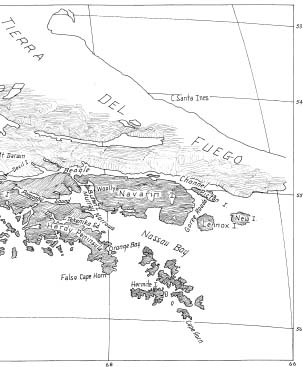Peter Nichols - Evolutions Captain: The Dark Fate of the Man Who Sailed Charles Darwin Around the World
Here you can read online Peter Nichols - Evolutions Captain: The Dark Fate of the Man Who Sailed Charles Darwin Around the World full text of the book (entire story) in english for free. Download pdf and epub, get meaning, cover and reviews about this ebook. year: 2003, publisher: Harper, genre: Adventure. Description of the work, (preface) as well as reviews are available. Best literature library LitArk.com created for fans of good reading and offers a wide selection of genres:
Romance novel
Science fiction
Adventure
Detective
Science
History
Home and family
Prose
Art
Politics
Computer
Non-fiction
Religion
Business
Children
Humor
Choose a favorite category and find really read worthwhile books. Enjoy immersion in the world of imagination, feel the emotions of the characters or learn something new for yourself, make an fascinating discovery.
- Book:Evolutions Captain: The Dark Fate of the Man Who Sailed Charles Darwin Around the World
- Author:
- Publisher:Harper
- Genre:
- Year:2003
- Rating:4 / 5
- Favourites:Add to favourites
- Your mark:
Evolutions Captain: The Dark Fate of the Man Who Sailed Charles Darwin Around the World: summary, description and annotation
We offer to read an annotation, description, summary or preface (depends on what the author of the book "Evolutions Captain: The Dark Fate of the Man Who Sailed Charles Darwin Around the World" wrote himself). If you haven't found the necessary information about the book — write in the comments, we will try to find it.
Evolutions Captain is the story of a visionary but now forgotten English naval officer but for whom the Darwinian Revolution would never have occurred. When Captain Robert FitzRoy, the twenty-six-year-old captain of the H.M.S. Beagle, set out for Tierra del Fuego in the fall of 1831, he invited a young naturalist to accompany him. That twenty-two-year-old gentleman was Charles Darwin, and perhaps no single voyage in history had a greater impact on how we would come to understand the world -- in both religious and scientific terms.
When the Beagles first captain committed suicide while at sea in 1828, he was replaced by a young naval officer of a new mold. Robert FitzRoy was the most brilliant and scientific sea captain of his age. He used the Beagle, a survey vessel, as a laboratory for the new field of the natural sciences. But his plan to bring four savages home to England to civilize them as Christian gentlefolk backfired when scandal loomed over their sexual misbehavior at the Walthamstow Infants School. FitzRoy needed to get them out of England fast, and thus was born the second and most famous voyage of the Beagle.
FitzRoy feared the loneliness of another long voyage -- with madness in his own family, he was haunted by the fate of the Beagles previous captain -- so for company he took with him the young amateur naturalist Charles Darwin. Like FitzRoy, Darwin believed, at the beginning of the voyage, in the absolute word of the Bible and the story of mans creation. The two men spent five years circling the globe together, but by the end of their voyage they had reached startlingly different conclusions about the origins of the natural world.
In naval terms, the voyage was a stunning scientific success. But FitzRoy, a fanatical Christian, was horrified by the heretical theories Darwin began to develop. As these began to influence the profoundest levels of religious and scientific thinking in the nineteenth century, FitzRoys knowledge that he had provided Darwin with the vehicle for his sacrilegious ideas propelled him down an irrevocable path to suicide.
This true story -- part biography, part sea drama, and a subtle study of one of the defining moments in the history of science -- reads like the finest historical fiction. It is a chronicle of the remarkable chain of events without which Darwin would most likely have lived and died an obscure English country parson with a fondness for collecting beetles.
Peter Nichols: author's other books
Who wrote Evolutions Captain: The Dark Fate of the Man Who Sailed Charles Darwin Around the World? Find out the surname, the name of the author of the book and a list of all author's works by series.

